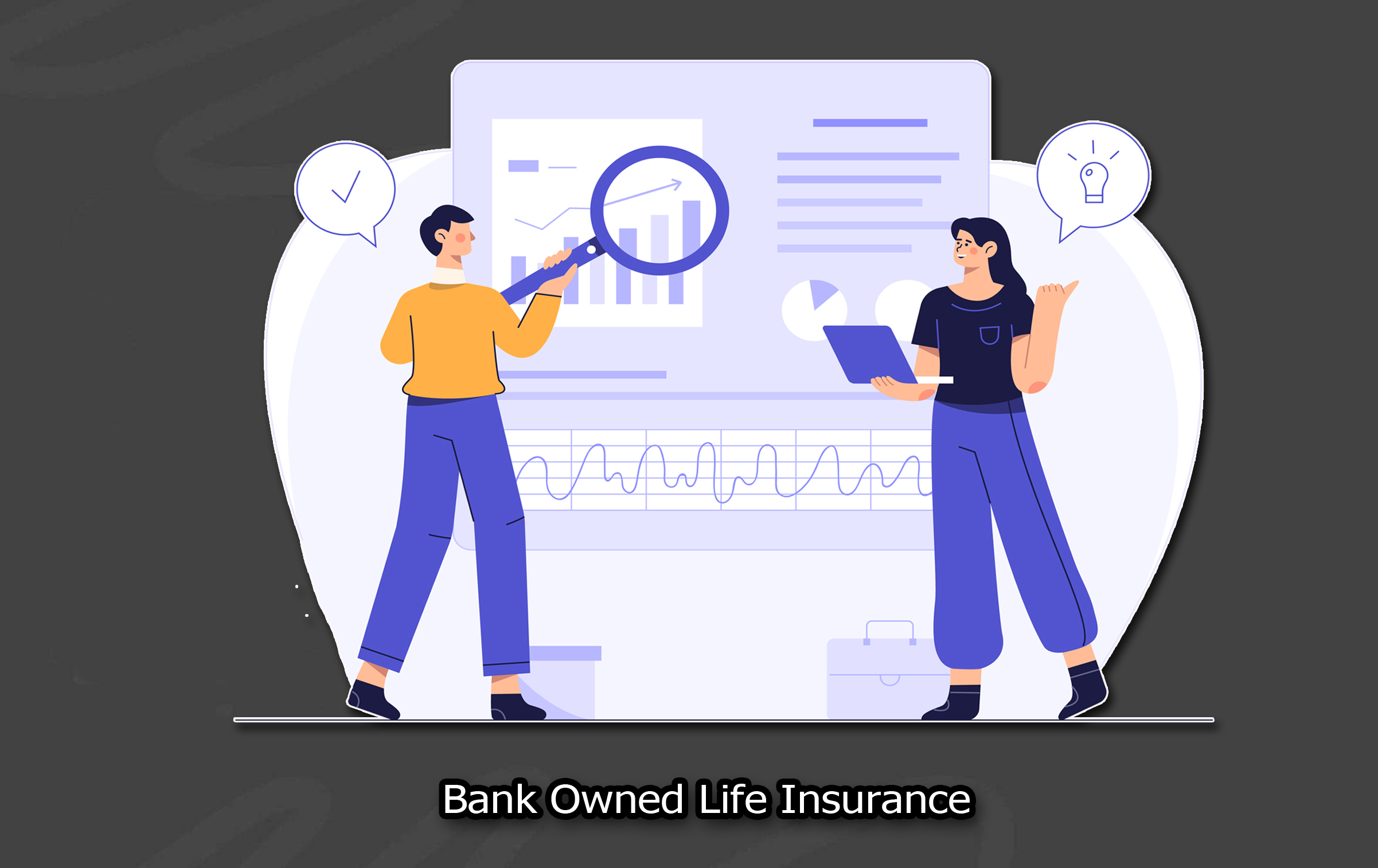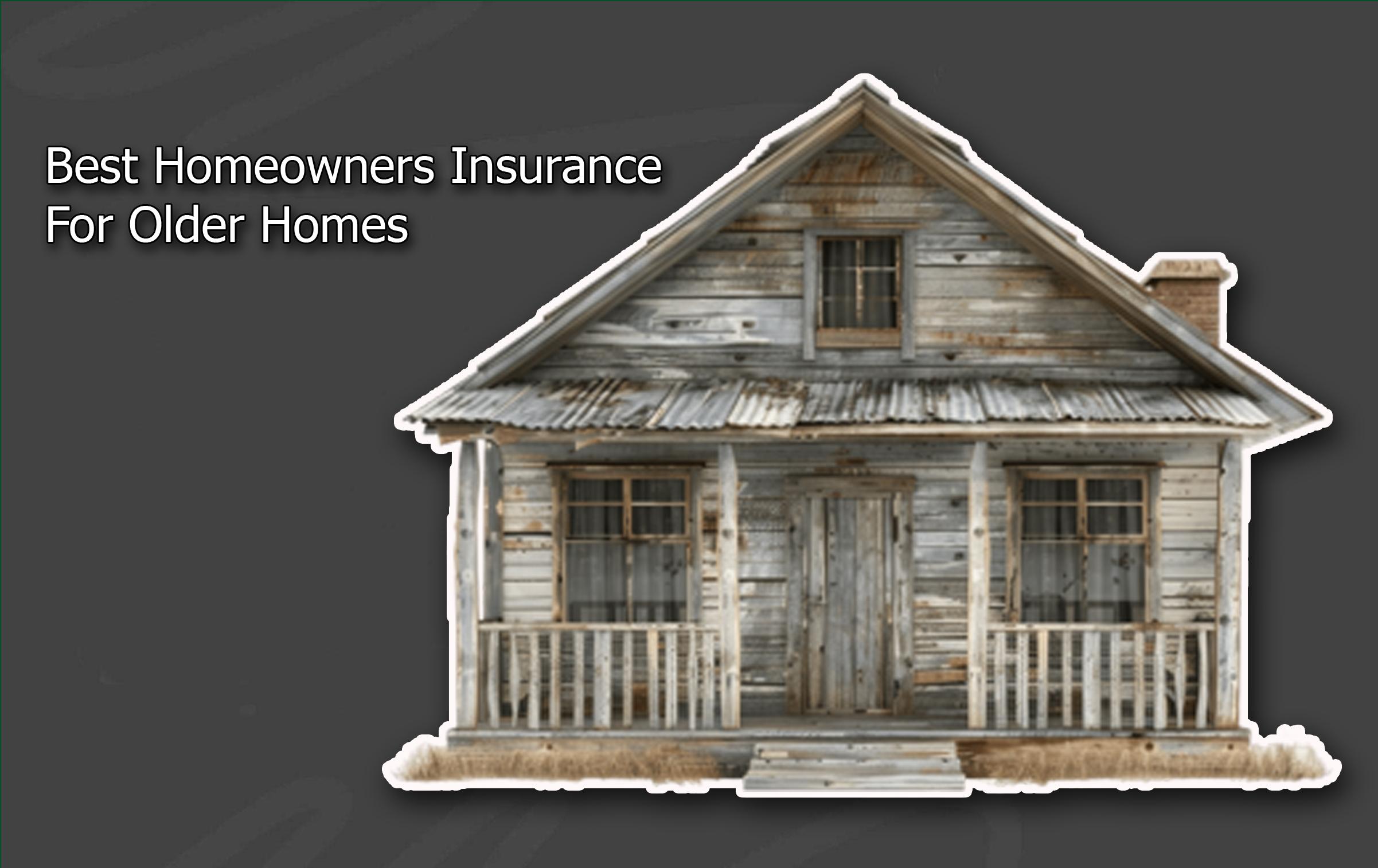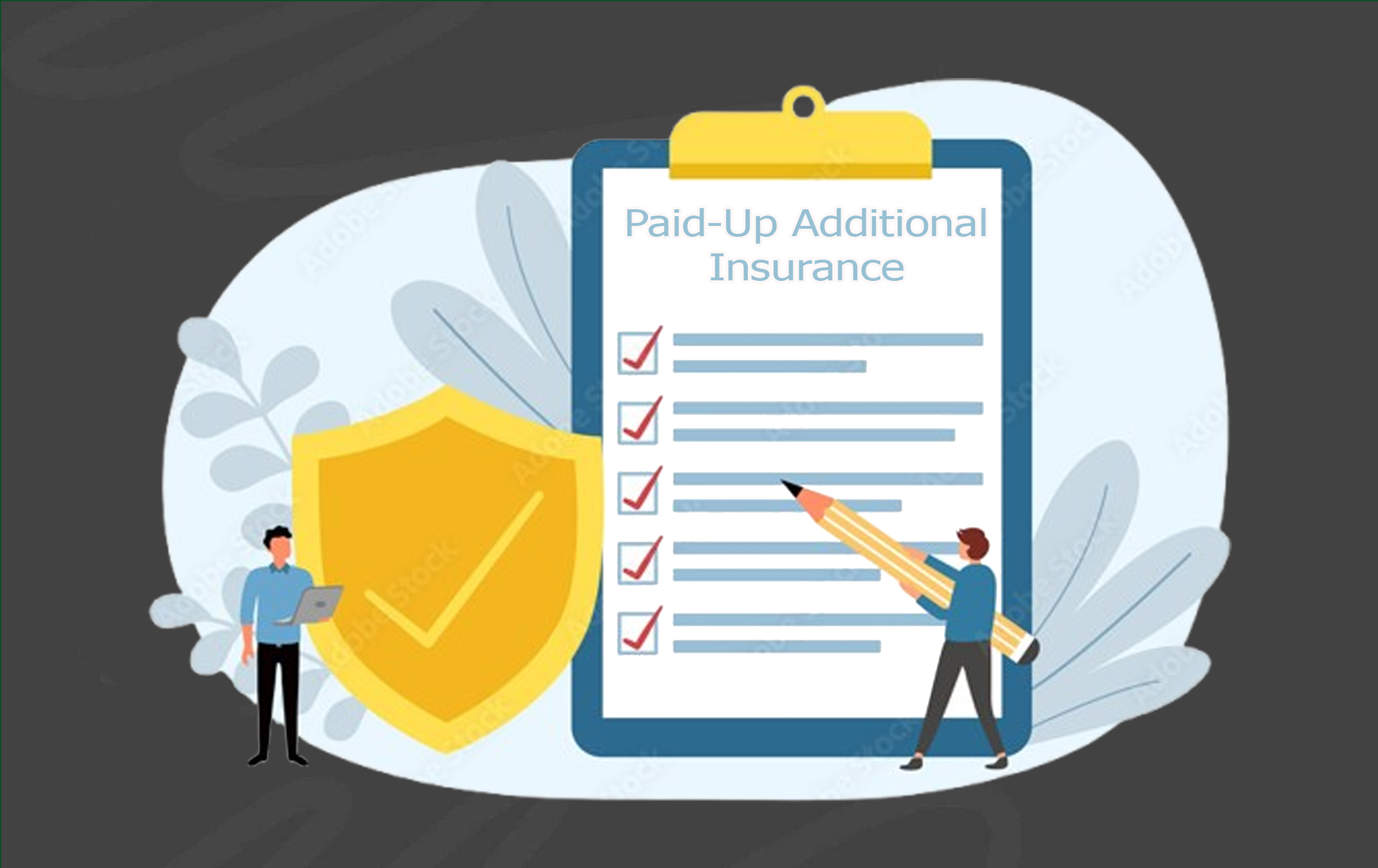What is variable survivorship life insurance? Variable Survivorship Life Insurance is a unique type of life insurance policy that is designed to provide financial protection for two people, mainly spouses, under a single policy.

It combines the features of survivorship (also known as second-to-die) life insurance with investment opportunities offered through variable life insurance.
What’s more, this policy pays out the death benefit only after both insured individuals have passed away. Variable survivorship life insurance offers flexibility in premium payments and the potential to build cash value through investment options.
Also, it comes into play with business succession, estate planning, and ensuring a financial legacy for beneficiaries.
How Does Variable Survivorship Life Insurance Work?
Variable survivorship life insurance combines two key elements: survivorship life insurance and variable life insurance.
Survivorship Feature
The policy ensures two lives but pays the death benefit only after the second insured person dies. What’s more, the structure makes it ideal for covering estate taxes or providing financial support for beneficiaries.
Variable Component
For this part, policyholders can allocate premium payments to various investment accounts, such as stocks, bonds, or money market funds. The cash value of the policy grows or declines based on the performance of these investments.
The features of flexibility and growth potential appeal to individuals looking to balance life insurance needs with investment opportunities. However, it also carries more risk than traditional life insurance due to its reliance on market performance.
Features of Variable Survivorship Life Insurance
Some key features of this insurance include:
Dual Coverage
The policy covers two people, most commonly spouses or business partners. Also, the death benefit is triggered only after both individuals pass away.
Investment Options
Policyholders can invest premiums in sub-accounts, similar to mutual funds. The growth of the policy’s cash value depends on the performance of these investments.
Cash Value Accumulation
Over time, the policy builds cash value, which can be accessed through loans or withdrawals. However, accessing cash value may reduce the death benefit.
Flexible Premiums
Depending on the policy, premiums may be adjusted or skipped if the cash value is sufficient to cover costs.
Estate Planning Tool
This policy is often used to help heirs cover estate taxes or settle financial matters without selling valuable assets.
Benefits
The decision to purchase this insurance vehicle comes with many benefits that the policyholder enjoys. They include:
Estate Tax Coverage
One of the primary uses of survivorship policies is to provide funds to cover estate taxes, ensuring that beneficiaries do not have to liquidate assets to pay these obligations.
Investment Growth
The variable component offers the potential for cash value growth, which can be significant if investments perform well.
Lower Premiums Compared To Two Separate Policies
Since the death benefit is paid after both insured parties pass away, premiums are typically lower than buying two individual life insurance policies.
Flexibility In Cash Value Use
The accumulated cash value can be used for various purposes, such as funding retirement or handling unexpected expenses.
Drawbacks
Possible drawbacks of this insurance may include:
Investment Risk
The cash value is tied to market performance, meaning it can lose value if investments underperform.
Complexity
The combination of life insurance and investment options makes these policies more complex and harder to understand than traditional policies.
Delayed Payout
Beneficiaries receive the death benefit only after both insured individuals pass away, which may not suit situations requiring immediate financial assistance after the first death.
Fees And Charges
These policies often come with higher fees, including management fees for the investment accounts.
Who Should Consider Variable Survivorship Life Insurance?
Here are the categories of people that should go for this type of insurance:
High Net-Worth Individuals
This policy is especially beneficial for individuals with significant estates who want to minimize the tax burden on their heirs.
Business Owners
It can be used to fund buy-sell agreements or ensure smooth business succession planning.
Couples With Dependents Or Charitable Goals
Parents or guardians may use the policy to ensure financial security for dependents or leave a substantial donation to a chosen charity.
Those Comfortable with Investment Risk
Individuals who are willing to take on the risks associated with investment-based products and seek higher potential returns may find this policy appealing.
How To Choose The Right Variable Survivorship Life Insurance Policy
Here are the right steps to take when it comes to buying the right life insurance policy:
Assess Your Financial Goals
Determine whether the primary purpose of the policy is estate planning, investment growth, or legacy building.
Consider Your Risk Tolerance
Since the cash value depends on market performance, ensure you’re comfortable with potential fluctuations.
Compare Investment Options
Different policies offer varying sub-account options. So, you can choose one that aligns with your financial objectives.
Consult A Financial Advisor
With these policies, there are high levels of complexity that follow. For this reason, you must seek professional advice to understand the implications and find the best fit for your needs.
Frequently Asked Questions
What Is The Difference Between Variable Survivorship Life Insurance And Traditional Survivorship Life Insurance?
Traditional survivorship life insurance does not include an investment component. Its cash value grows at a fixed rate, offering stability but no market-related growth potential.
Can I Access The Cash Value During My Lifetime?
Yes, you can access the cash value through loans or withdrawals. However, doing so may reduce the death benefit and affect policy performance.
What Happens If The Investment Accounts Underperform?
Poor market performance can reduce the policy’s cash value and may require additional premium payments to keep the policy active.








